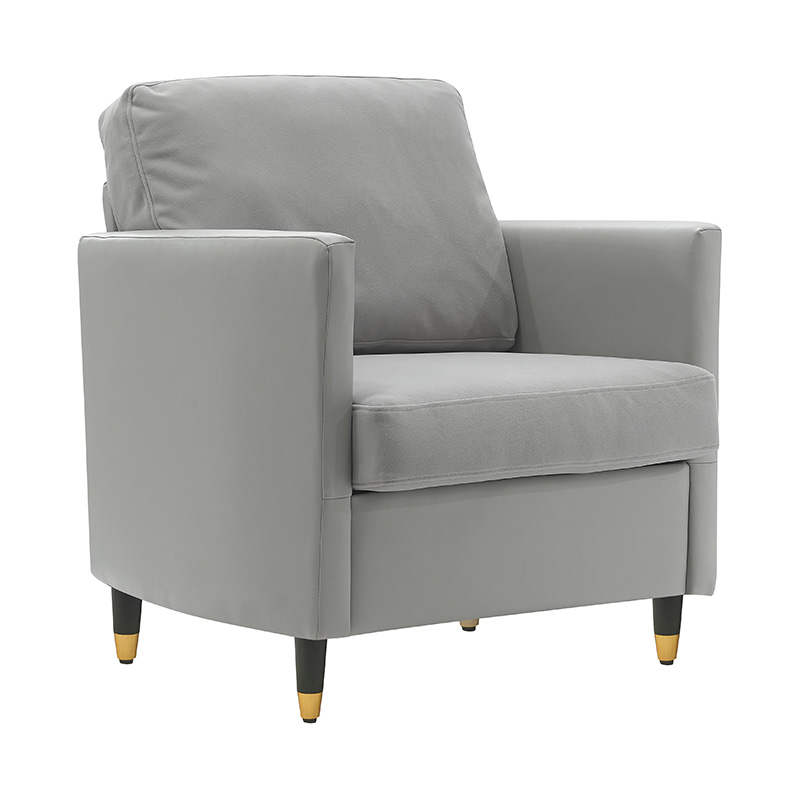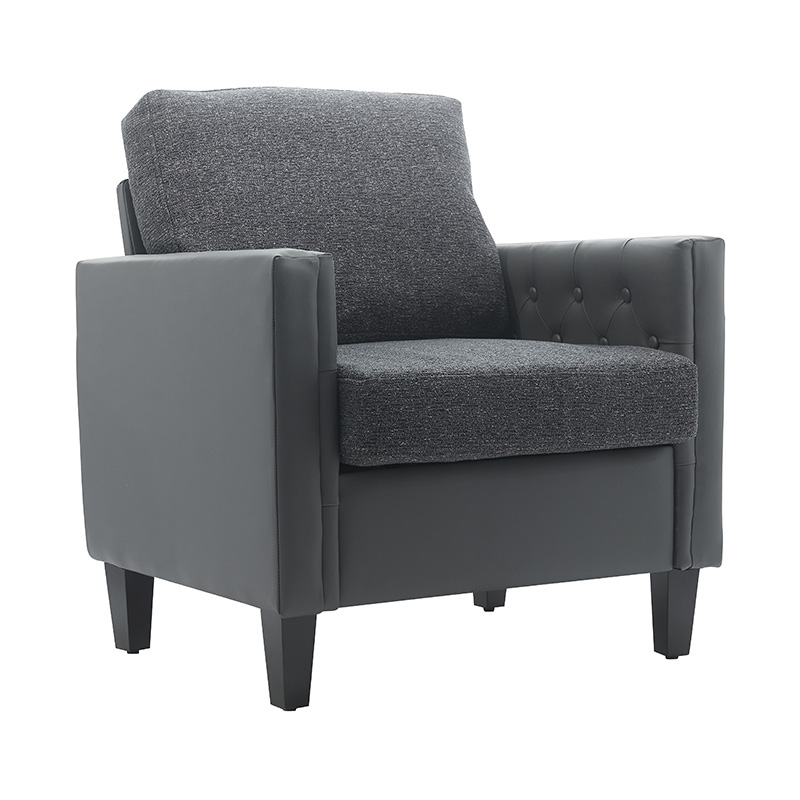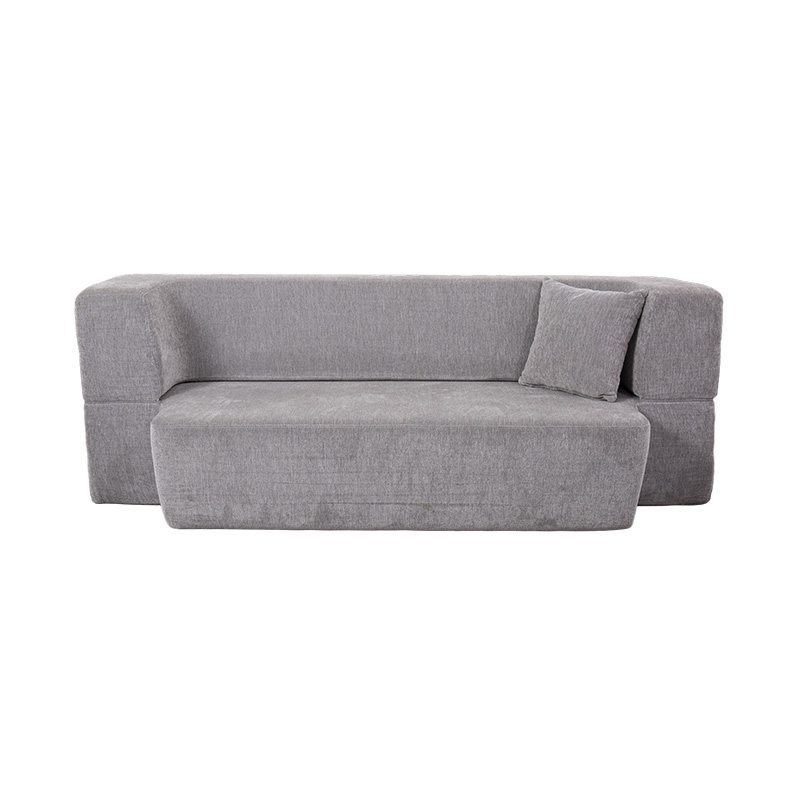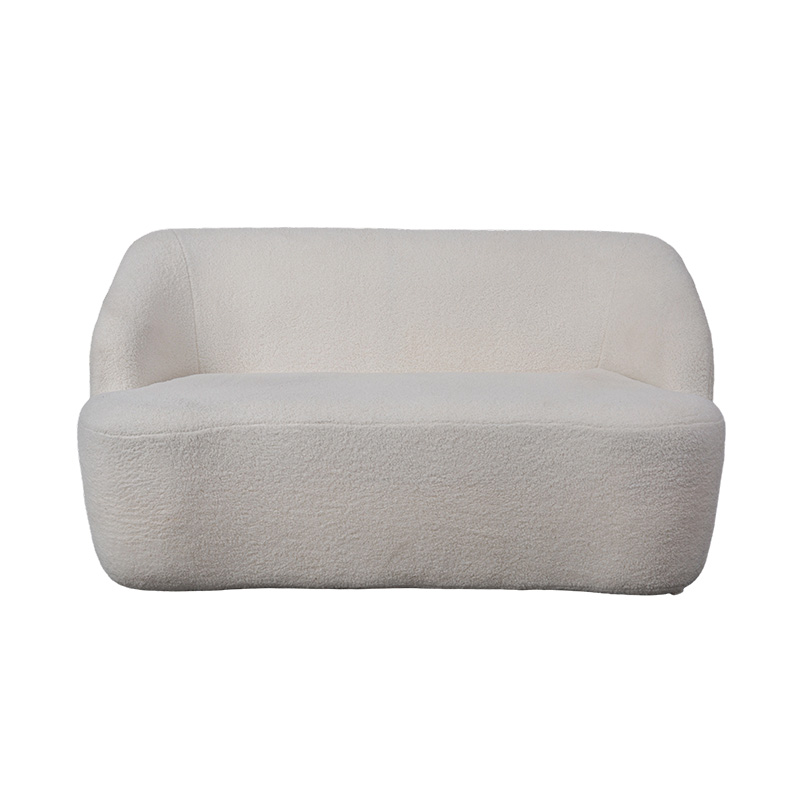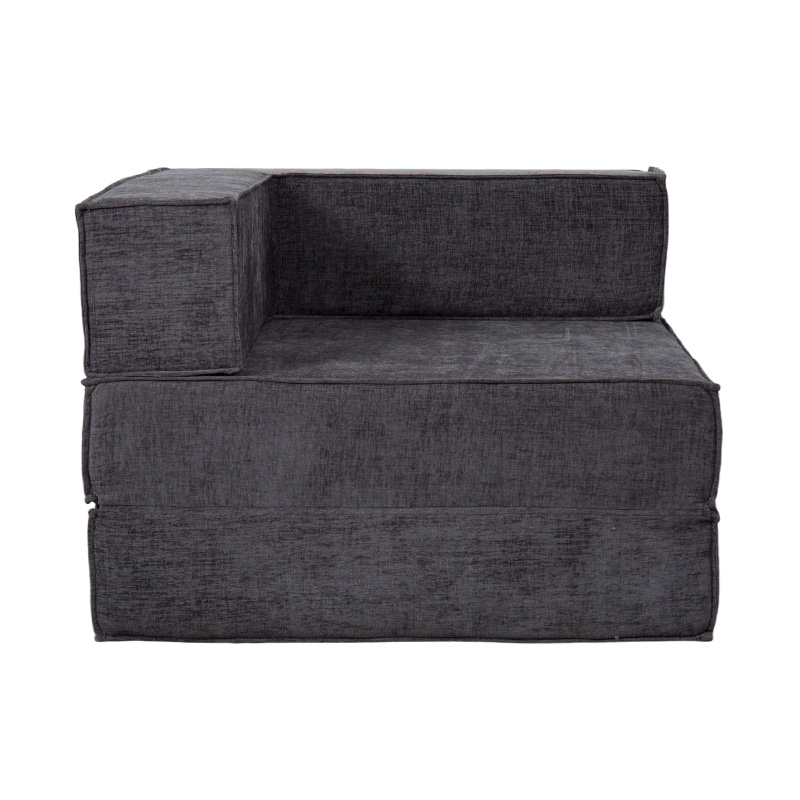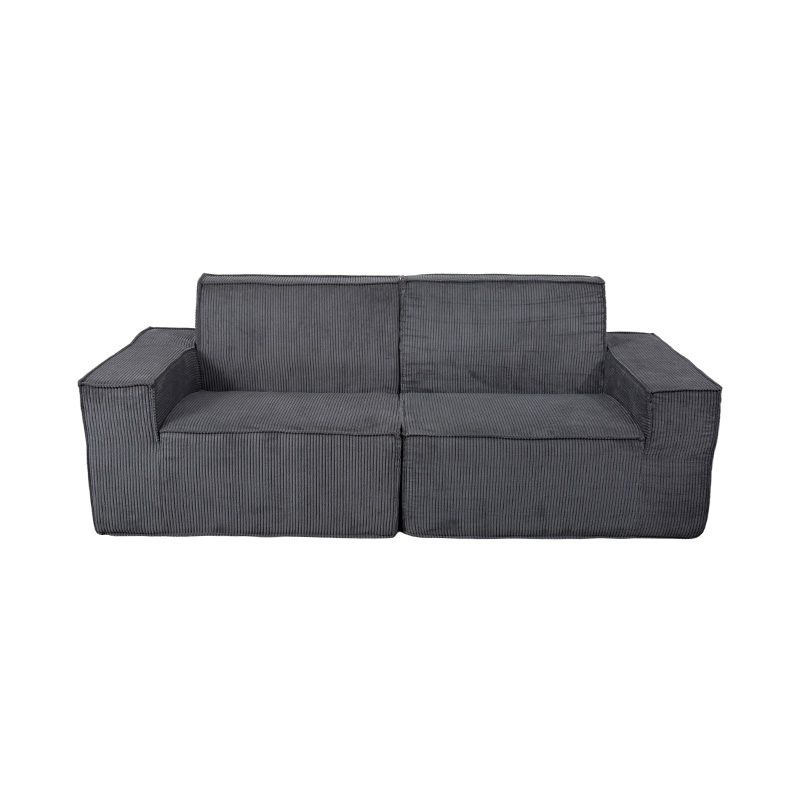Fabric storage ottoman is versatile pieces of furniture that combine functionality with style. They provide extra seating, storage space, and a comfortable place to rest your feet. In addition to these practical uses, fabric storage ottomans can also be integrated into the overall design of a room. One common question many people have is whether fabric storage ottomans can be paired with matching furniture sets. The answer is yes, but there are several factors to consider in order to create a cohesive and visually appealing interior.
Understanding Fabric Storage Ottomans
Before discussing how to pair a fabric storage ottoman with other furniture, it is important to understand its characteristics. Fabric storage ottomans are typically upholstered in a variety of materials, including cotton, linen, polyester, and blends. The fabrics come in different textures, patterns, and colors. The structure is usually reinforced with wood or metal to support weight, and the interior provides space to store items such as blankets, pillows, toys, or other household items.
The versatility of a fabric storage ottoman makes it suitable for many areas of the home, including living rooms, bedrooms, and offices. Its neutral design often allows it to blend with other furniture, but careful consideration of color, style, and size can make it an integral part of a matching set.
Choosing Complementary Colors
When pairing a fabric storage ottoman with other furniture, color coordination is one of the most important aspects. Matching the ottoman with the main color scheme of the room can create a sense of harmony. For example, a neutral-colored ottoman in shades of beige, gray, or white can blend seamlessly with a sofa or armchairs of similar tones.
Alternatively, a contrasting color can be used to create a focal point in the room. A brightly colored ottoman can stand out against a neutral furniture set, adding interest without overwhelming the space. However, it is essential to ensure that the contrast is balanced with other decorative elements, such as cushions, rugs, or curtains.
Considering Fabric Texture and Pattern
Texture and pattern are equally important when pairing a fabric storage ottoman with matching furniture. If the furniture set features smooth leather or tightly woven upholstery, choosing an ottoman with a similar texture can create a cohesive look. Conversely, mixing textures, such as a soft velvet ottoman with a linen sofa, can add depth and visual interest.
Patterns should also be considered carefully. A patterned ottoman can complement a plain sofa or chair, but if the furniture set already features prints or designs, a solid-colored ottoman is usually a safer choice. The goal is to create balance so that the ottoman enhances the overall aesthetic rather than clashing with other pieces.
Matching Furniture Styles
Furniture style is another key factor in pairing a fabric storage ottoman with a matching set. Traditional furniture with ornate detailing may look best with an ottoman that has classic lines and features such as tufting or carved legs. Modern or minimalist furniture sets benefit from ottomans with clean lines, simple shapes, and subtle accents.
It is also possible to mix styles carefully. For example, a contemporary ottoman can be paired with a vintage chair if the colors and textures complement each other. When mixing styles, it is important to maintain a consistent design language to avoid visual dissonance.
Size and Proportion Considerations
The size and proportion of a fabric storage ottoman are critical when pairing it with other furniture. An ottoman that is too large may overwhelm smaller chairs or a compact sofa, while a very small ottoman may look out of place with a large sectional. Ideally, the ottoman should be in proportion to the surrounding furniture and the room itself.
For rectangular or square ottomans, the dimensions should align with nearby furniture. For example, an ottoman in front of a sofa should be approximately two-thirds the length of the sofa to maintain visual balance. Round ottomans are more flexible but should still complement the scale of the furniture around them.
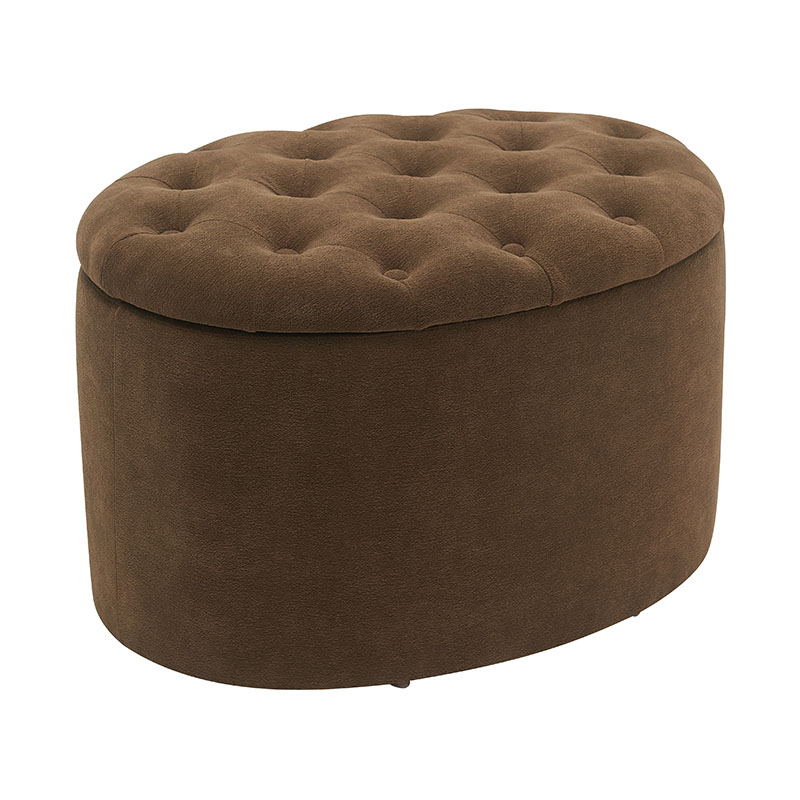
Functionality and Placement
In addition to aesthetics, functionality is important when pairing a fabric storage ottoman with matching furniture sets. Consider how the ottoman will be used. If it serves as extra seating, it should be positioned where it is easily accessible. If it is used as a coffee table alternative, it should be within reach of seating areas.
Storage ottomans are particularly useful for keeping the room organized. Pairing them with a matching furniture set can create a unified look while providing practical storage for items that would otherwise create clutter. This dual functionality makes fabric storage ottomans valuable additions to living rooms and bedrooms.
Complementing Decorative Elements
Decorative accessories play a role in integrating a fabric storage ottoman with a furniture set. Cushions, throws, rugs, and curtains can echo the ottoman’s color or texture, reinforcing a cohesive design. For example, a velvet ottoman can be paired with a velvet throw or cushions to create harmony. Similarly, a patterned ottoman can be complemented with solid-colored accessories in matching shades.
Lighting also influences how the ottoman appears in relation to the furniture set. Natural light can highlight fabric texture and color, while strategically placed lamps can create visual focus and balance.
Budget Considerations
When pairing a fabric storage ottoman with matching furniture sets, budget is an important consideration. High-quality ottomans can be expensive, but they offer durability and comfort. There are also affordable options that provide style and function without exceeding budget limits. Balancing cost with quality ensures that the ottoman complements the furniture set effectively while meeting practical needs.
Maintenance and Longevity
Finally, maintenance affects the long-term appearance of the ottoman and its integration with the furniture set. Fabrics should be easy to clean, especially if the ottoman is frequently used or placed in high-traffic areas. Removable covers, stain-resistant fabrics, and simple cleaning methods contribute to the longevity of the ottoman. By maintaining its appearance, the ottoman continues to complement the matching furniture set over time.
Conclusion
Fabric storage ottomans can be successfully paired with matching furniture sets when careful consideration is given to color, texture, pattern, style, size, and functionality. These versatile pieces not only provide practical benefits such as storage and seating but also enhance the overall design of a room. By coordinating the ottoman with furniture and decorative elements, it is possible to create a harmonious, aesthetically pleasing, and functional living space. Proper attention to proportion, placement, and maintenance ensures that the ottoman remains a valuable and attractive part of the furniture set for years to come.

 0
0


